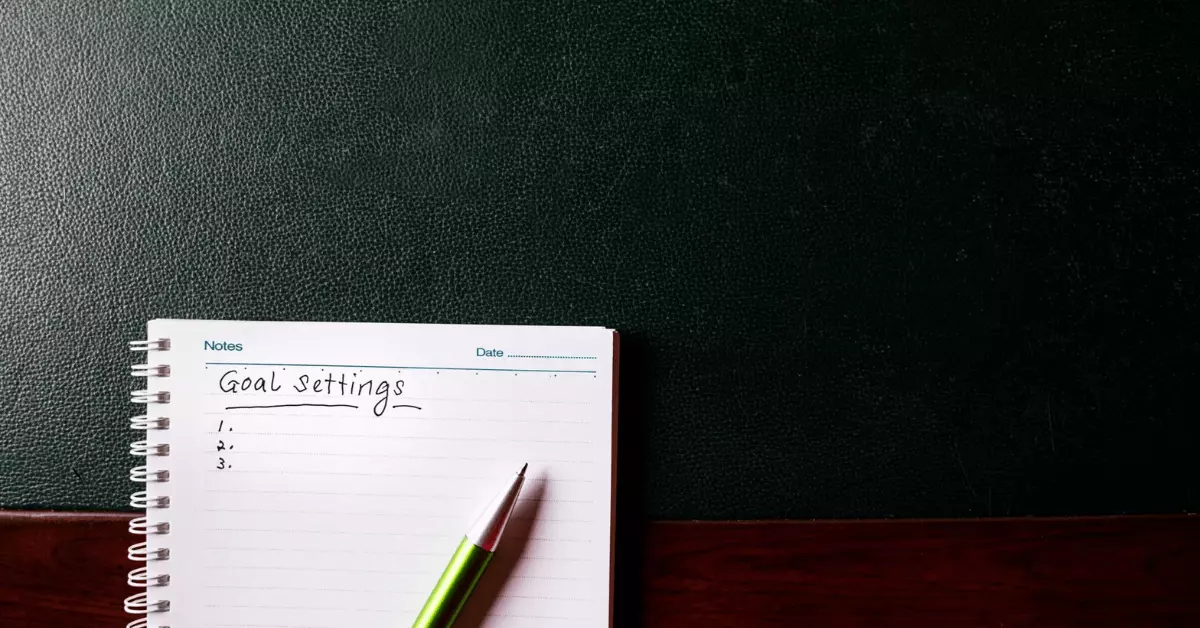Get ready to kick off winter with 7 Bamboos RFC!…

A Quick Guide on Setting and Achieving Goals for Athletes
Introduction
“Goal setting is very important and as far as achievement goes you want high and realistic goals, and you want intermediate goals to go to a long-reaching goal. Goal setting is huge, and I’ve done that my whole life”.
– these are words from Mike Krzyzewski, better known as Coach K.
Krzyzewski is one of the most successful basketball coaches in the history of college basketball winning five national titles, 13 Final Fours, 15 ACC tournament championships, and 13 ACC regular season titles with his team Duke University.
Coach K., like many successful sports professionals, recognised the link between goal setting and prospective triumph.

Planning and developing steps to reach a desirable outcome is not just a big thing in sports. Goal setting is fundamental in all environments: Business, education, and personal development to name a few.
This article delves into one of the most important components of sports psychology and explores why goal setting is a key to success as well as how to set realistic and achievable objectives.
We provide you with some simple but efficient guidance so you can achieve your next big step in the pursuit of glory.
Do you want to accomplish your next big goal? Let’s get started.
What is goal setting?
In simple terms, it’s the process of identifying and planning what you want to accomplish in the future.
However, with goal setting, many have their very own definition in mind. Especially in sports, we learn from early on what it means to set goals.
Scoring a try, swimming the length of a pool, or cycling up a hill are all familiar ambitions. Later in life, in a more organised and complex setting, goal setting becomes a lot more specific.
At this stage, we separate the process into short-term goals (e.g., number of training sessions each week), mid-term goals (e.g., preparing for an important upcoming match at a specific time in the season) and long-term goals (e.g., winning the league).
Together with a coach you start defining goals in more detail and develop a strategy on how to achieve these goals.
A process that we also know from classrooms and work settings.
Why should athletes set goals?
Goal setting is a proven method to implement success in any environment. Sports psychologists have worked with this method for a long time.
For athletes’ dreams to come true, setting goals is essential for four reasons:
• Focus the attention
• Mobilise energy to motivate and believe in the process
• Persistence to deal with setbacks and obstacles
• Supports the learning process and helps to discover new strategies
With the above elements combined the athlete acquires a clear plan to reach ambitious goals, without losing motivation, despite all the obstacles that will naturally occur.
How to set goals in sports?
Setting goals is an important part of any athlete’s training routine. By having specific goals to strive for, athletes can stay motivated and focused on their training. Here are three steps for setting and achieving goals successfully:
Start with the big question
Successful goal setting involves a deep honest thinking process. The main question you must answer is: What do you want?

It sounds like a simple question, but we are not talking about what you want for dinner tonight or what movie you want to watch at the weekend.
This question goes much deeper. It’s about what you want to achieve: In the short, mid, and long term.
It helps tremendously if you go even deeper and start with the why! Try to remember why you are doing what you are doing now and what is your actual purpose in life.
Ambitious athletes should take the time to answer these questions in detail. You’ll need clarity and purpose to find a satisfactory answer. Tools like meditation can help.
It’s all about the action
Now as you’ve set the framework, get into the action stage. Start working on a plan to achieve your goals.
At this stage, you need to be more precise. Try to write down exactly what you want to achieve at which point. The more accurate your plan is, the more you can track progress and remain motivated.
Set out a step-by-step path that gets you to the bigger goal. Start at the endpoint and then move backward and write down what you want to accomplish each week and month.
Once you’ve done that write down the actions required for each step. Ask yourself what you have to do to move you closer to that goal.

It’s long been proven that people who are able to define their goals are more likely to achieve them.
This is the point where good coaching kicks in. An experienced coach can advise on what target needs to be met within a certain timeframe.
It’s essential that your goal is rightly balanced. If the bar is set too high, it’s impossible to achieve, if it’s too easy, you might lose focus. Both scenarios result in frustration.
Once the plan is created, share it. Share it with loved ones. Find people who believe in you and care about your goals. You will be motivated to strive for your family and friends not only for yourself but also for them.
The power of visualistion
The human brain has one superpower that distinguishes us from all other species. The ability to envision the future is a gift we have.
Our imagination is one of the strongest tools for achieving goals. Any world-class athlete can see themselves being successful.
Like the ability to write down goals in a very specific manner, it’s essential to try to visualise how it looks when you achieve your dreams.

Try to create a real image (digital/by hand) of yourself in the moment of glory.
So often we are tempted to think in future terms. Tomorrow I’ll stop smoking, next week I’ll join the gym, or next year I’ll run a marathon. You know the drill.
But solid visualisation is all about the “present”. In your imagination, you know exactly what you do, how you do it, where you do it and what it feels like.
Common errors in Goal Setting
John Lennon once said: “Life happens when you’re busy making other plans”. We all know that even the most accurate and sophisticated plans can fail.
Life has so many twists and turns that it’s hard to exactly foresee what is going to happen on the way to your goal.
What’s important is to build awareness around this and prepare for it by minimising risks.
Widespread problem athletes face is inconsistency in the goal-setting process.
It can be incredibly challenging to focus on the current development. Often this comes down to distractions (such as injuries) and errors in defining the goals correctly.
Another mistake athletes often make is they don’t set their goals specifically enough. Instead, they set them broadly.
For example, I want to become a stronger athlete is a nice sounding goal, but useless because it’s not precise.
A better example would be: By December 2022, I want to be able to increase my bench press 1 Rep Max (1RM) by 40%.
Again, these issues should be ideally accompanied by great coaches.
Conclusion
Goal setting is one of the most powerful tools for athletes to achieve their dreams.
In this article, we defined the process of goal setting, described why goal setting is immensely important, and how to set goals correctly.
Since planning not always goes to plan, we also described some common issues with goal setting.
You should now have a clear idea of how you, together with a coach, can achieve your prospective aspirations.
We’d like to hear about your experience setting goals. If you find this article interesting, share it on social media.





